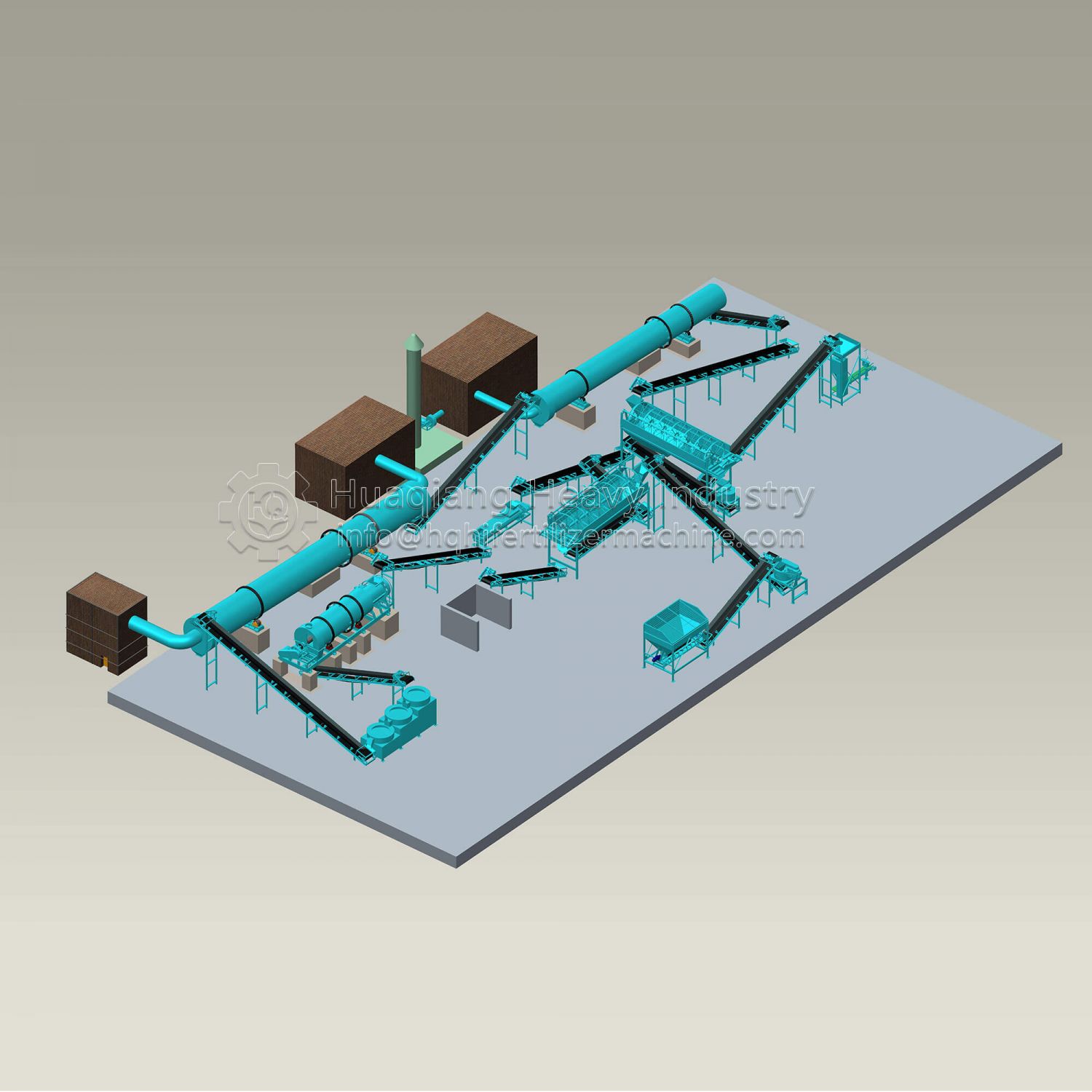How to build a production line of small livestock manure processing organic fertilizer equipment
Organic environmental protection is the main body of the current society. About organic products, we are familiar with organic vegetables and organic fruits. These organic products are produced with the help of organic fertilizers. With the implementation of the new environmental protection law, the environmental protection threshold has been continuously raised. In order to deal with the farming manure, the farms have started to build their own or combine with fertilizer enterprises to use organic fertilizer production line equipment to process the manure.
Process flow of organic fertilizer equipment: the recovered livestock and poultry manure directly enters the fermentation zone. The odor of livestock and poultry excrement can be eliminated through primary fermentation and secondary aging. At this stage, fermentation can be added to decompose the crude fiber, so that the particle size after crushing meets the particle size requirements of granulation production. Crush the fermentation materials that have completed the secondary aging and stacking process and enter the mixing and mixing system. Before mixing and mixing, add N, P, K and other trace elements into the mixing and mixing system according to the formula and start mixing. The mixed materials are transported to the granulation system, and the granulation enters the cooling system after passing through the dryer. The materials are screened after reaching the normal temperature. The particles that meet the requirements enter the coating machine to wrap the film and start packaging. The particles that do not meet the requirements are crushed by the pulverizer and then returned to the granulation system to continue granulation.
The compost turner is a great investment to go along with your fertilizer plant. You can quickly make compost and you will be ready to sell it so much faster. The compost mixer turner makes it much easier to finish the compost. It saves you money and ensures you can start producing your fertilizer so much faster.


